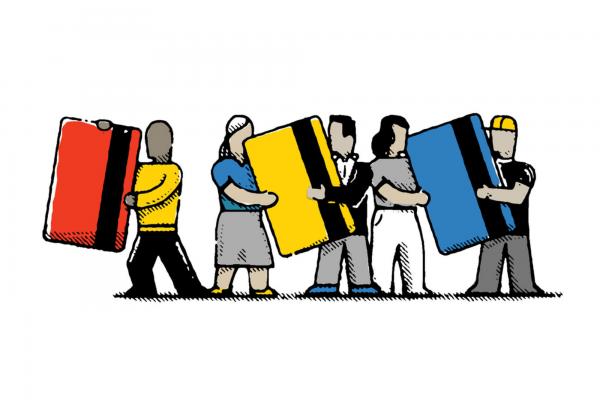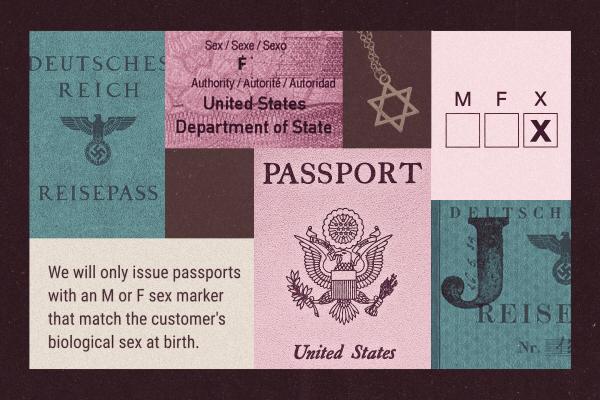CREDIT CARD DEBT plagues our communities. The average U.S. household carries a balance of $6,929 at the end of the month. And if you miss a payment, interest may jump from 15 percent to more than 20 percent.
Credit cards are part of a predatory industry with a history of racial bias. Many people can afford only the minimum monthly payment, barely making a dent in the principal —just as the system was designed.
About 10 years ago at Circle of Hope, my church in Philadelphia, we began experimenting with “credit card debt annihilation.” Our team’s motto came from Romans 13, where the apostle Paul urged believers to “owe no one anything,” except love.
We identified church members with credit card debt and an income. We established three cohorts with a half dozen participants in each. Each member covenanted to 100-percent financial transparency within their cohort, to meet monthly with the group and with their financial coach, and to stop using credit cards. Each cohort started with seed money and a three-year payoff plan to bring the whole cohort out of credit card debt.
We discerned an order of debt annihilation. Usually the card with the highest interest rate, among all the cohort members, was paid off first. We paid off one line of credit at a time, working down the list.
The biggest impact was made on the first day, when the seed money paid off the most problematic cards. As we worked down the list, each participant made their own minimum payment, if they still had a balance, and also paid $50 to $100 more to the credit card of focus, regardless of who had that card. Members actually wrote checks to someone else’s lender with that person’s name and account number in the memo line.
After someone’s credit debt was annihilated, they kept paying in the same order. The amount that formerly went to their own minimum got added to their third-party check each month and sent to the specific lender. And thus, the snowball grew. The size of the concentrated payments increased as each card got paid off. When, together, we paid off all the balances, the seed money was replenished and passed on to the next group.
We decided to focus on credit card debt because of its fluctuating interest rates and relatively smaller amounts, compared to home mortgages or student debt—and because of the shame carried by people with this kind of debt.
Members of our cohorts had used their cards for temporary financial relief. When they needed money, they had turned to a lending corporation rather than to community. Their debt stories—how their debts grew—ranged from impulsive shopping to medical debt to a housing crisis.
As a church, we are practicing putting limits on oppression from the dominant corporation culture, much in the way the Hebrews imagined and practiced during their formation in the wilderness. The sabbatical year (or shmita), the traditional Hebrew agricultural sabbath year practiced every seven years, culminated in the vision of the Jubilee year. This redistribution of land and release from debt bondage socialized the Hebrew people away from intergenerational poverty and wealth. Just as Sabbath teaches rest as resistance, setting a limit to oppressive working conditions, so freedom from credit card debt sets mutuality, trust, and simplicity as limits to our economic oppression.
We’ve completed three cohorts using this strategy, eliminating more than $100,000 in principal debt, and we probably have saved as much in interest. Inspired by good stories of resistance in scripture, we’re trying to embody new possibilities, moving together from shame into trust and from bondage into mutuality.

Got something to say about what you're reading? We value your feedback!







